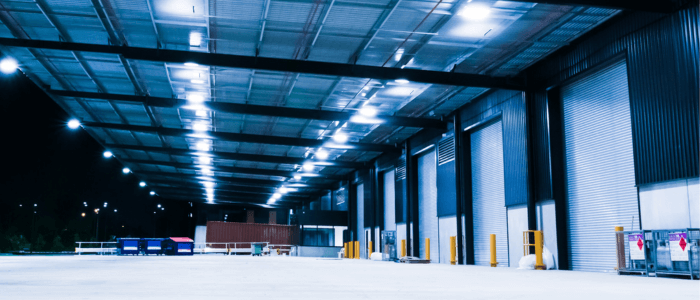With residential depreciation legislation changing in May 2017, the confusion amongst some property investors and industry professionals hasn’t diminished all that much. Many are still wondering if second-hand properties can still claim tax depreciation.
The fact is, second-hand properties built after 1987 that have had renovations completed by previous owners are generating great results for property investors.
Since the new legislation has been in place, we have only told less than 5% of our investors that a schedule may not be worthwhile due to their property being built before 1987 with no renovations.
Second-hand properties are generating great deductions from Division 43 – the structural part of an investment property (eg: roof, framing, plasterboard, floorboards, decking). These total thousands in tax depreciation deductions and often holds steadily over the life of the report which is 40 years.
Additionally, property investors can claim tax depreciation for brand-new Division 40 assets that they have installed into their investment property (eg: carpet, blinds, stove).
For the second-hand assets already in an investment property, a value is assigned to these items and when it comes time to sell the investment property this value will reduce the property investors capital gains tax. Instead of claiming for these second-hand assets at the start of the property investors journey, it’s now claimed at the end.
Need an example? Here is a case study on our clients who purchased a second-hand property:
Matt and Ange purchased a 20- year-old property on the 1st of May 2023. They are planning on holding the property as a rental for the next 10 years. The previous owners completed a bathroom renovation, they also added a pergola and deck.
Matt and Ange’s tax depreciation schedule will be generated using the legislation that was announced on the 9th of May 2017.

Matt and Ange over the next 10 years of owning their investment property will claim $45,107 in tax depreciation deductions and $26,490 in CGT savings on second-hand plant and equipment items (eg: carpet, blinds, stove).
As they say “the proof is in the pudding” well the proof is in this case study… Second-hand investment properties can still generate awesome results using the current legislation.
FAQS
Can you claim depreciation on a second-hand property?
Absolutely! Second-hand properties built after 1987, especially those with renovations completed by previous owners, can still qualify for substantial tax depreciation.
Division 43 covers structural components like the roof, framing, plasterboard, and floorboards, providing significant deductions over the 40-year life of the tax depreciation report.
Additionally, Division 40 allows property investors to claim depreciation on new assets they install, such as carpet, blinds, and stoves.
What are second-hand assets for depreciation?
Second-hand assets, in the context of property depreciation, refer to items within an investment property that were not newly installed by the current owner.
These could include existing features like carpet, blinds, stoves, and other plant and equipment items.
The value of these second-hand assets is assessed, and their depreciation can be claimed at the end of the property investor’s journey, reducing capital gains tax when the property is sold.
How much depreciation can I claim on an investment property?
The amount of depreciation you can claim on an investment property depends on various factors, including the property’s age, any renovations completed by previous owners, and the assets you’ve installed.
Utilising the legislation introduced in May 2017, property investors can claim substantial deductions, particularly on structural elements through Division 43.
Can you write-off second-hand assets?
While you can’t write off second-hand assets in the traditional sense, you can claim depreciation on them.
The value of second-hand assets within an investment property is assessed, and this depreciation can be claimed over time.
When it comes to selling the property, the reduced value of these second-hand assets serves to lower the capital gains tax, offering a financial benefit for property investors. It’s a strategic approach to optimising returns on your investment property.
The legislative changes in 2017 have opened up new avenues for property investors to maximise returns on second-hand properties.
By understanding Division 43 and Division 40, investors can strategically claim tax depreciation on both structural elements and installed assets.
The case study of Matt and Ange illustrates the significant benefits, emphasising that second-hand investment properties can indeed yield impressive results.
Would you like to discuss your second-hand investment property?
If you are unsure if your second-hand investment property or your clients property will stack, let us help! Contact our friendly team to discuss your property and find out what depreciation deductions are available to you.
We provide free, all-inclusive quotes and estimates of deductions up-front so you can feel confident before proceeding. Get in touch today on 1300 922 220.








